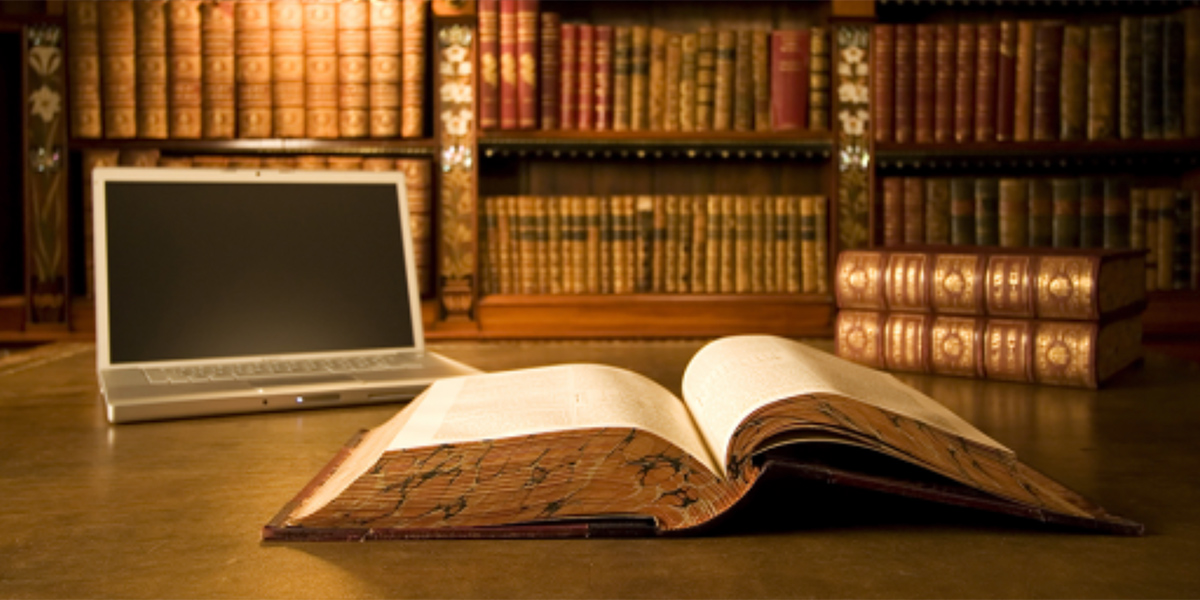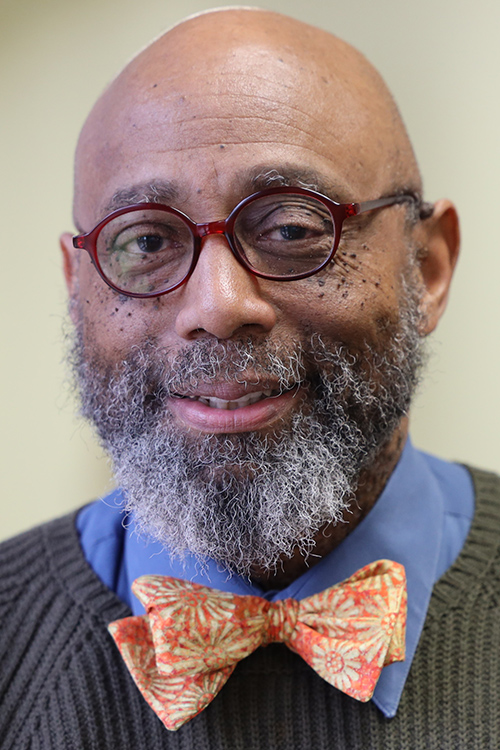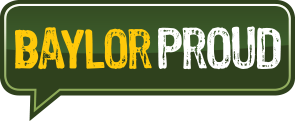Where high-powered computers meet the study of humanity

If you noticed “data sciences” listed as one of the five signature academic initiatives in Illuminate, Baylor’s strategic plan, there’s a decent chance you envisioned high-powered computers doing their thing, and that’s certainly accurate. But it’s not just a computer science thing; rather, data sciences offers a modern approach that can impact the way we study and understand almost any subject — even those as traditional as the humanities.
At Baylor, professors and librarians are actively engaged in research at the intersection of data science and such liberal arts disciplines as history, music and English. It’s work that takes place in the digital humanities, where modern computing meets the study of what it means to be human.

Dr. Stephen Reid
What does that look like? Dr. Stephen Reid offers one example.
Reid, a professor at Baylor’s Truett Seminary, was writing an essay on African-American interpretations of the book of Deuteronomy for the Oxford Handbooks. Reid particularly wanted to include insights beyond your typical scholarly writings, and found what he was looking for in the “freedom narratives” authored by former slaves in the 1700s and 1800s. Until recently, however, sorting through the hundreds of available narratives for the few that offered such insights would have been the proverbial needle in a haystack — beyond the scope of one person, or even an entire research team, in any reasonable amount of time.
That’s where data science came to the rescue. Baylor Libraries’ Digital Scholarship program offers technology that can help with text data mining, data visualization and more, and a unique Baylor summer fellowship helped Reid and other Baylor professors learn how to leverage that technology to elevate their research. Reid used text mining to search some 500+ digitized freedom narratives for keywords, phrases and verses related to his study of Deuteronomy. The program narrowed those texts down to a more manageable 160 narratives, from which Reid was able to give voice once again to people whose words might otherwise have gone unheard in modern times.
[LEARN MORE about Reid’s use of the digital humanities: Baylor Magazine, Winter 2019-20 || Baylor Connections podcast, January 2020]
Dr. Kristen Pond, a Baylor English professor, was able to use a similar approach to sort through thousands of texts for a book on Victorian literature and culture. Dr. Lauren Poor, a Baylor history professor, used data visualization to bring to life her research on how England did (and didn’t) tolerate refugees in the 17th and 18th centuries. As Baylor moves towards Tier 1 research recognition, such technology is opening new avenues for professors to improve their research.
As Reid put it, thanks to digital humanities, “People who would have otherwise been invisible as Biblical scholars are now visible as Biblical interpreters, because we can see and compare how they use the text.”
Sic ’em, Baylor Digital Humanities!

